Ramblings: Best Ball Leagues; Lehner Injury; Krejci’s Fantasy Value; Tomasino’s Rise – August 12
Michael Clifford
2022-08-12
The 2022-23 Dobber Hockey Fantasy Guide is now available in the Dobber Shop! Dobber, our team of programmers and editors, as well as our wonderful writers, have all put work in to help this site have the best fantasy hockey guide in the market. It has projections, line combinations, player upside, articles, and a whole lot more for the rabid fantasy hockey player. It is also updated all through the offseason and training camp, so there is no concern about outdated information. Help support what we do all year long by going to pick up your copy today!
*
This isn't a paid advertisement in any way, but I want to pass along the message that Underdog Fantasy has opened their best ball lobbies for the season! It truly is draft season now.
For those unfamiliar, best ball leagues are when you draft a team and leave that team as-is. There are no pickups, waivers or trades. Whatever you draft is your team for the year. After that, only a certain number of players count towards your final standings placement. It could be something like 7 out of 14 forwards, 5 out of 10 defencemen, and 2 out of 4 goalies count for the season. At Underdog, only 6 of 16 players drafted count towards standings, for example.
There are a number of reasons to do best ball leagues:
- They're good practice for other season-long leagues. With leagues starting at $3, fantasy players can spend under $20 and get a half-dozen drafts done for practice, and it will be with people trying to win (unlike mock drafts).
- They're ideal for people that are very busy during the season. People have work duties, families, get togethers with friends, volunteer commitments, and whatever else can pop up during the season. Setting aside time every day to set lineups and every week for waivers can be time consuming, especially for people playing a lot of leagues. Once you best ball team is drafted, the work is done, and that's great for people with very little free time.
- They're a good way for people to get their feet wet in fantasy. A lot of time, the difference between winning and losing during a season is the moves made during the season itself. For people just getting into the game, it can be a lot to ask, and the learning curve could push people away. Just getting them used to drafting and following a team for a year is a good way to start.
Anyway, enough spent on that. If you want to get drafting and give yourself a shot at winning five figures, be sure to check out the Best Puck Classic they have at Underdog.
*
We got significant news from Vegas about goaltender Robin Lehner:
Remember that this wasn't what kept Lehner out for large chunks of the second half last year. That was a shoulder injury which required surgery at the end of April. That was going to put his start to the season in doubt anyway. Now, we have a hip surgery coming up and though they're not sure he'll play this year, as mentioned in the tweet, a firm timeline will come later. This affects a lot of things for Vegas.
First and foremost is the goaltending situation. With Lehner out, the team is now riding a tandem of Laurent Brossoit and Logan Thompson. Those two goalies have 103 NHL starts between them, and neither has had a season of more than 21 starts. In other words, even if this ends up being a true split-start situation, they're both in for significantly higher workloads than they're used to. Our Fantasy Guide has Thompson as having the edge over Brossoit before the Lehner injury and that's what I'm assuming as well. Thompson is the goalie of the future and that may be right now. I could see a world where the split is something like 50/30 in Thompson's favour with a couple games from an AHL option.
This also alleviates the cap space issues. If we include Nolan Patrick among their 12 forwards, they have 20 players under contract for a little over $76M in cap hits, with Nic Hague as a pending RFA. If we don’t include Patrick, it’s probably because he’s headed to LTIR and they can replace him with a cheaper AHL option. Let's say Hague signs for close to $3M, then the team has about $3.5M in cap space with Lehner on long-term injured reserve. (Please note: I'm not a capologist. How the LTIR affects cap space through the season is something I'm sure someone will make note of to me.) But having just a few million in space would allow them to go get another forward, if they want. There are guys like Phil Kessel, Paul Stastny, and Evan Rodrigues who could be signed for around that range and help with depth scoring.
At least it came early enough for fantasy owners that have hopefully not submitted keepers. The offseason just keeps rolling.
*
Reading through the Dobber Fantasy Guide, two teams struck me as having similar issues: Dallas and St. Louis have what I'm calling the Seven Forward Problem. This happens when a team has what could be considered seven fantasy-relevant forwards. (I realize that "fantasy relevant" will depend a lot on each fantasy league, their rules, and roster depth. In these instances, I mean like 80% of fantasy leagues that have somewhat normal rules with maybe 200-300 players drafted.) The specific issue with having seven fantasy-relevant forwards is that if six of them are stuffed on the top two scoring lines, one guy is left all by his lonesome on the third line.
Now, it should be said that with injuries and underperformance, it may not turn out to be a huge issue. One guy goes down with a groin pull, misses six weeks, and all this doesn't matter. However, assuming a healthy lineup, one guy gets the short end of the stick and that hurts the fantasy value.
For Dallas, we can assume the top line of Jason Robertson, Roope Hintz, and Joe Pavelski stays together. Mason Marchment was signed in the offseason, and they still have Jamie Benn, Tyler Seguin, and Denis Gurianov. We could easily see Marchment line up with Benneguin and that leaves Gurianov in more of a checking role. Or maybe Marchment starts on the third line and it's Benneguin with Gurianov? Or what if Seguin's decline accelerates and they can't use him in the top-6, leaving it as Marchment-Benn-Gurianov? Regardless, one guy is going to be left in the cold and that's a problem for fantasy value.
Over in St. Louis, the team lost David Perron to free agency. Last year, they had enough depth to actually put together a reasonable third line. That isn't the case anymore. We could assume that the team leaves Robert Thomas and Vladimir Tarasenko together, as well as Brandon Saad with Ryan O'Reilly. That leaves Pavel Buchnevich, Jordan Kyrou, and Brayden Schenn for two top-6 roles. Seeing as they need Schenn as the 3C, it seems probably that Buch and Kyrou end up in the top-6. That leaves Schenn in a checking role with lesser talent. He paced over 75 points/82 games last year. If he's skating with Ivan Barbashev and Josh Leivo, can he repeat that? It seems unlikely. And that doesn't even get into the loss of Perron's impact on the power play.
It isn't to say that guys like Seguin, Gurianov, and Schenn will be devoid of fantasy value. It is to say that relying on guys like this as parts of your fantasy roster all year might be asking too much. Again, injuries could simplify things quickly, but until that happens, there is risk in the non-elite forwards on these rosters.
*
David Krejci coming back for another year with Boston is a big boost for the team. Remember that this roster has a lot of significant injuries to endure as the season starts: Brad Marchand had double hip surgery; Charlie McAvoy and Matt Grzelcyk had shoulder surgeries; Mike Reilly had ankle surgery. Reilly will probably be back first, having a shot at being in the lineup opening night. The other three are all set to miss the first month of the season and it could be closer to Christmas for Marchand and McAvoy. According to Evolving Hockey, McAvoy was tied for 2nd among all defencemen in Goals Above Replacement in 2021-22, Grzelcyk was inside the top-25 defencemen, and Marchand was inside the top-20 for all forwards. In other words, there will be a few great-to-elite players missing from Boston's lineup for at least one month, if not two or three. It is a lot to be missing, and that's why getting Krejci and Patrice Bergeron back in the lineup is so huge. But what can we expect from Krejci in fantasy?
In the three seasons prior to leaving the NHL, Krejci averaged 68 points every 82 games. A lot of his value is derived from his assists, which indicates his playmaking ability. That is important here, as playmaking tends to be one of the skills that ages best in pro hockey (more than physical play or shooting, for example). Even though Krejci is 36 years old, he could still very well be a top-end playmaker.
It isn't conjecture to say he was an elite passer, either. From Corey Sznajder's tracking data in the COVID 2021 season, Krejci was among the best in the league in shot assist rate (passes leading to team shots) and was well above one standard deviation ahead of the league average in scoring chance assists (same thing but leading to team scoring chances):
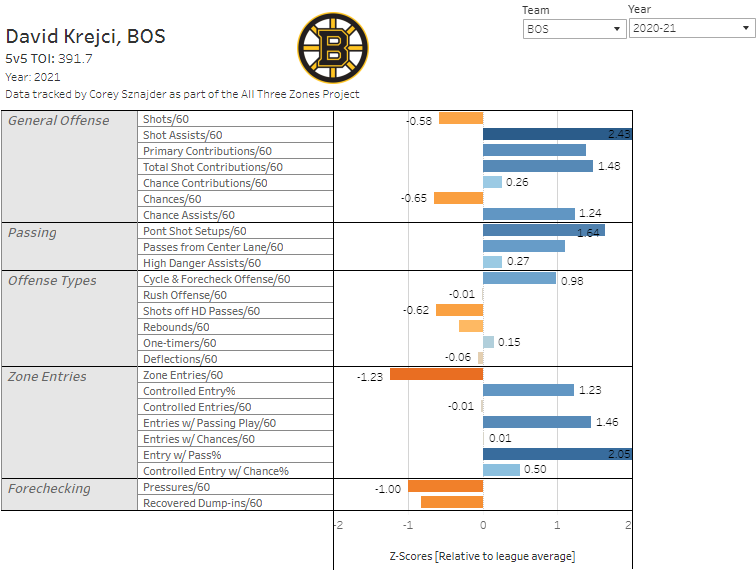
From 2018-2021, Krejci had 1.52 assists per 60 minutes at 5-on-5, top-20 among all forwards, and ahead of names like Mark Stone, Aleksander Barkov, and Mikko Rantanen. He was truly a top-end distributor in the entire league. If he can be close to that again, this is a big boost for Boston's second line, with all apologies to Erik Haula.
There is also a good sample for Krejci and David Pastrnak playing well together. In over 620 minutes at 5-on-5 from 2018-2021, Boston scored 3.1 goals per 60 minutes at 5-on-5 with those two on the ice, controlling over 53% of the expected goals (per Natural Stat Trick). Boston scored more often with Pastrnak next to Bergeron, but 3.1 goals/60 is still very good, and gives the team a legitimate second scoring line.
With Marchand injured, Krejci is pretty much assured a top power play role. The kicker here is how the power play will perform without Marchand and McAvoy. Marchand and Bergeron haven't spent much time apart with the man advantage, but the team does score considerably less with Marchand out of the lineup – nearly four fewer goals per 60 minutes. A top PP role for Krejci is great, but if this is a bottom-10 power play for the first two months, how much value that role has is up for debate.
Our first projection for Krejci has him for 56 points and that feels about right. If the team can come back fully healthy sometime in December, we could see a slow start and then a big uptick over the final two-thirds of the schedule. Whether he holds on to his PP role is an issue to discuss as well, but there could be sneaky value here late in drafts.
*
Reading the work of others that the individual respects is something I cannot stress enough. I get it: there is a lot, a lot, of articles, videos, and pods available for consumption across all sports, including hockey. Finding people who do good work and reading what they do is a good way to not only educate yourself on things you may not know, but challenge what you think you know.
To that end, I have to thank Dobber for opening my eyes to Philip Tomasino. He wrote a good blurb about him under the Nashville section of the Draft Guide and it got me looking more into Tomasino's rookie season. The deeper I looked, the more impressive it was.
On the surface, 32 points in 76 games doesn't look great. However, he played just 11:32 a game. On a per-60 basis at 5-on-5, it worked out to 1.74 points per 60 minutes. That was higher than Lucas Raymond, Dawson Mercer, Alexis Lafrenière, and Cole Caufield. Here's the kicker: Tomasino had 0.16 secondary assists per 60 minutes. Of the six forwards age-20 or younger in the NHL last year that out-produced Tomasino on a per-60 basis, he was the lowest in secondary assist rate by a factor of three. The next-closest was Jack Hughes at 0.48/60 minutes and the other four forwards were over 0.5/60 minutes. We know secondary assists are very random for forwards and the median for secondary assists across all players, regardless of age, was 0.38. If Tomasino posts that mark in second helpers, his points rate puts him in the range of names like Tomas Hertl, Evgeni Malkin, and Evgeny Kuznetsov. In other words, with just average luck, he produces at a second-line rate. As a rookie. That's pretty good.
Here’s the kicker: it was his defence that brought him more value than his offence. With the same tracking data used in the Krejci section, Sznajder found Tomasino was good at retrieving pucks in the defensive zone and exiting the zone with control. Being reliable defensively entails a lot of different skills and situations, but being able to get the puck for your team in the defensive zone and get it moving the other way is very valuable. He wasn't elite, but he was good, and being good at that as a rookie is a positive sign. It's partly why his defensive impacts looked great in 2021-22:
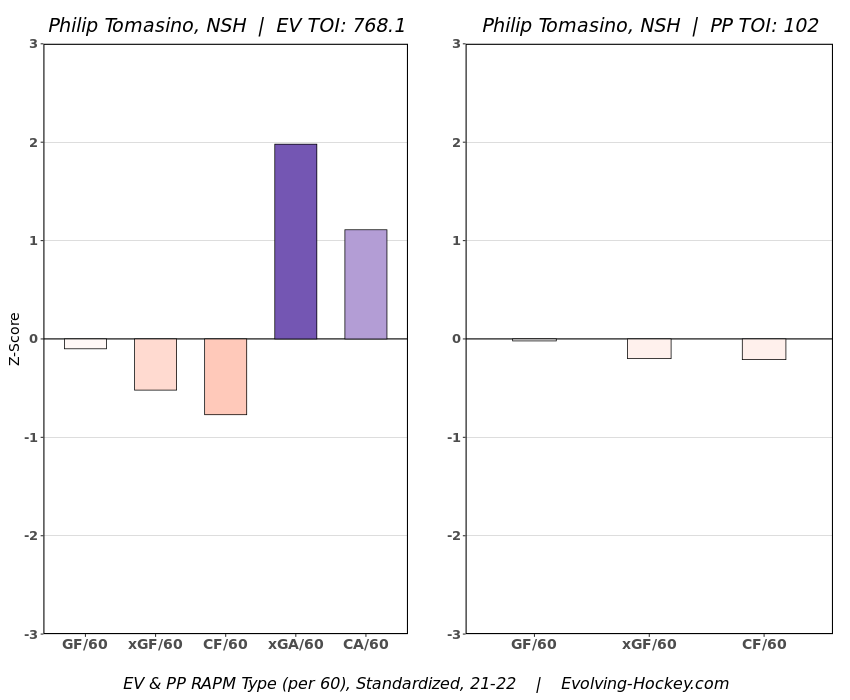
We have a rookie that liked shooting and was responsible defensively. As far as rookie profiles go, that's a great start. Yes, he still has work to do to round out his game, but his rookie season is a solid foundation from which to build.
As a right shot, assuming they leave him on the wing, there is a second-line role up for grabs. He skated under 10 minutes a game at 5-on-5 last year, the lowest of any forward in hockey with at least 750 minutes played. If he moves to the second line, he could easily add a couple minutes of TOI per game to his profile. That puts 40 points well within reach.
The crux here for unlocking his next level of fantasy value, assuming that second-line role, is a prominent power-play position. He may be in tough with all the incumbents, an improving Eeli Tolvanen, and even Nino Niederreiter being brought in. He is likely destined for secondary PP time and Nashville is a team that uses its top unit heavily, roughly a 65/35 split. No forward outside of the top quartet cracked 10 PPPs last year (Tomasino had nine). An improved role could add 10-15 points, but without top PP billing, that is probably as big as the boost gets.
All the same, there is a lot to be excited about here. With more ice time, he could get close to 150 shots and 70 hits, which will play fine in deeper multi-cat leagues. Dynasty owners should be excited, too, as there are always questions about how a top-end prospect will actually perform. A good sophomore season looks to be in the offing, and he's much less heralded than some other young forwards in the league.

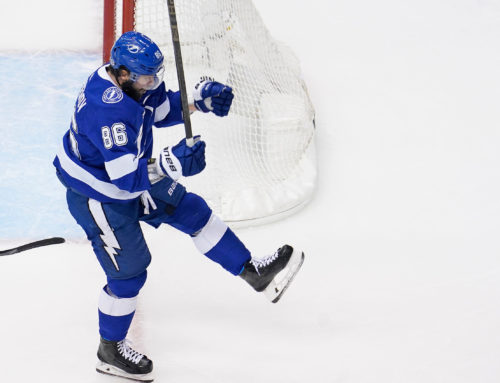
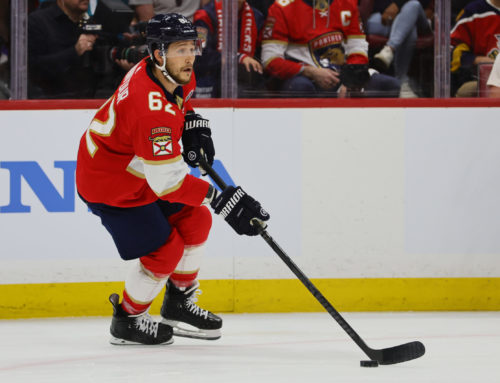
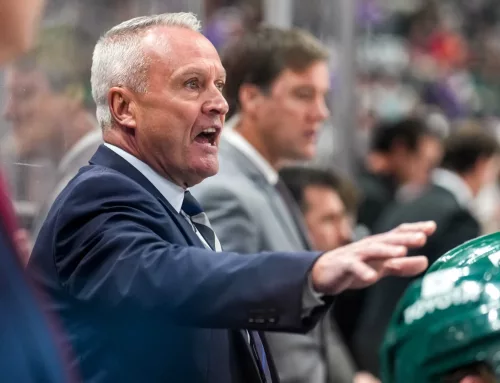

 BUF
BUF N.J
N.J PHI
PHI MIN
MIN VAN
VAN FLA
FLA TOR
TOR CGY
CGY DET
DET